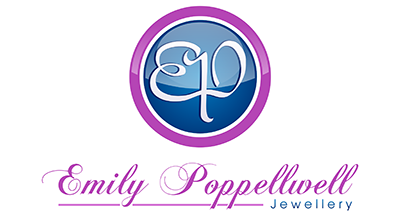My Jewellery Story
Emily Poppellwell Jewellery came about after my family suggested that I look into selling Murano Glass jewellery. I started bringing in premade pieces which are as everyone knows, very lovely. After a short period of time, I found that this did not allow me to express my own creativity for individual style and colour combinations. A lot of Murano Glass jewellery is in primary colours and I wanted to diversify into many other colours.
I explored various different suppliers of Murano Glass to find suppliers who had Master Glass makers who produced good quality and stylish Murano Glass beads in a range of colours. I still source from the same suppliers today that I did 10 years ago and the quality has not changed.
Once I had established this area of my creativity, I started looking for good quality, stylish and creative Artisan Glass beads from Suppliers around the world. There are many Glass Artisan who create gorgeous glass beads in their home studios. I have a few favourite Artisan's I source beads from, but am always finding new ones.
I have a passion for making my jewellery as perfect as possible and matching colours, sizes and jewellery components.
Recently I have been experimenting with mediams such as Heat Shrink Paper, Microwave glass bead making, resin
